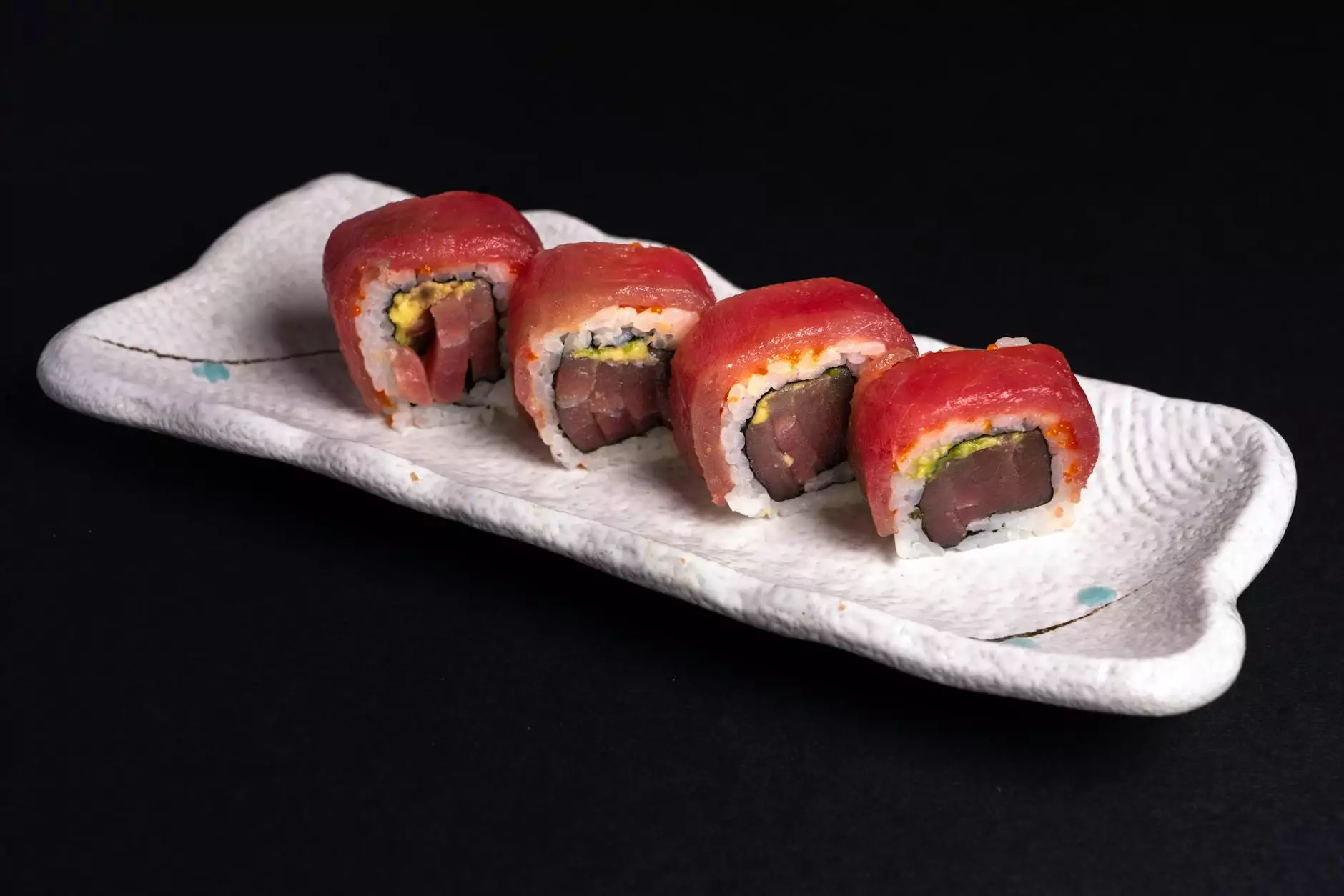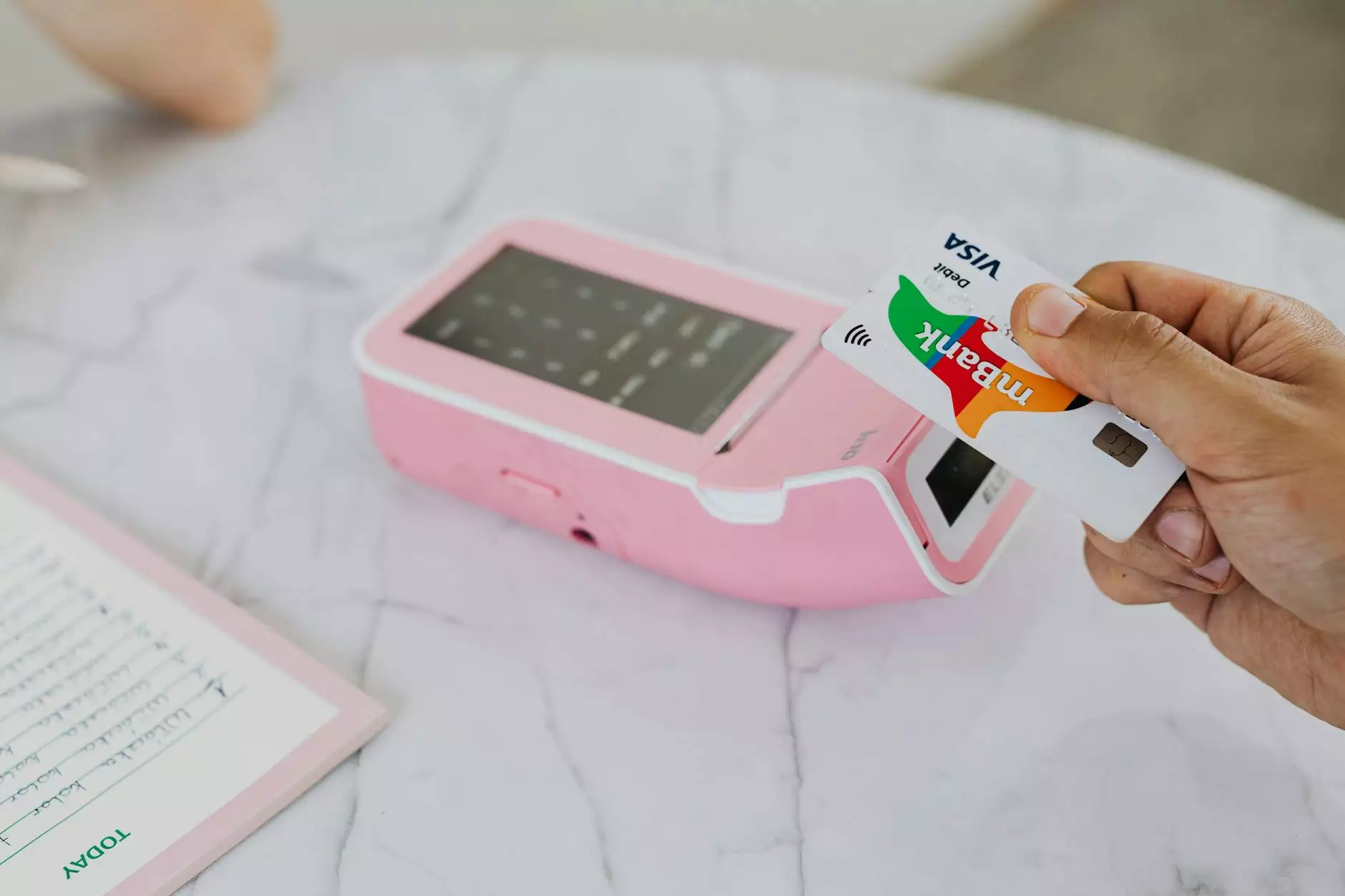The True Cost of Real Wasabi: Understanding Its Value in Restaurants and Sushi Bars

Wasabi, often used as a condiment for sushi and sashimi, is one of the most misunderstood ingredients in Japanese cuisine. When dining at a sushi bar or upscale restaurant, many diners encounter a green paste served alongside their favorite dishes. However, what most do not realize is that much of what is labeled as wasabi is actually a mixture of horseradish, mustard, and green dye. In this comprehensive guide, we will delve into the cost of real wasabi, its unique flavor profile, cultivation challenges, and its place in authentic Japanese dining.
What Is Real Wasabi?
The wasabi plant, known scientifically as Wasabia japonica, is a perennial plant that grows naturally along riverbanks in Japan. Real wasabi is renowned for its vibrant flavor that is not only spicy but also offers a slightly sweet and earthy undertone. Unlike the imitation versions commonly found in grocery stores, authentic wasabi enhances the overall culinary experience of sushi and sashimi.
Unique Characteristics of Real Wasabi
- Flavor Profile: Real wasabi is characterized by its fresh, green taste that is less harsh than horseradish. The heat is much more subtle, providing a lingering spiciness that complements seafood impeccably.
- Freshness: Authentic wasabi loses its flavor quickly once it is grated, which means it is best served fresh. The shelf life of grated wasabi is limited to only a few minutes.
- Appearance: Real wasabi typically appears as a light green paste, which can have a speckled appearance when freshly grated. Its texture is creamy, offering a unique culinary experience.
The Cost of Real Wasabi
When comparing the cost of real wasabi to its imitation counterpart, one quickly realizes why many sushi restaurants opt for the latter. The price point for authentic wasabi is significantly higher due to several factors:
1. Cultivation Challenges
Growing real wasabi is no easy feat. The plants require specific conditions to thrive, including:
- Climate: Wasabi is native to the cooler, mountainous regions of Japan and requires a temperate climate.
- Water Quality: The plant grows best in highly oxygenated freshwater streams, making the location for cultivation crucial.
- Time to Maturity: Wasabi takes about 2 to 3 years to mature. This long growth cycle adds to the overall cost, as farmers must maintain the plants without immediate returns.
2. Limited Supply
Real wasabi is produced in small quantities, and the demand often outstrips supply, especially outside Japan. As a result, prices can soar, leading to an increased cost of real wasabi in restaurants and sushi bars.
3. Handling and Grating
Authentic wasabi must be grated fresh to achieve the ideal flavor. This process requires skill and specific tools, which can impact the overall cost in dining settings. Many chefs prefer to use a traditional grater made from shark skin to produce the finest consistency, further increasing preparation costs.
Why Choose Real Wasabi in Restaurants and Sushi Bars?
Investing in real wasabi may come with a higher price tag, but the benefits are numerous:
Enhanced Dining Experience
For those who appreciate the nuances of Japanese cuisine, no substitute can compare to real wasabi. The freshness and complexity of the flavor elevate the overall experience, allowing diners to fully appreciate the intricate flavors of the sushi, sashimi, and other dishes.
Supporting Sustainable Practices
Many farmers who cultivate real wasabi are committed to sustainable and environmentally friendly practices. Supporting these authentic producers not only ensures better quality ingredients but also contributes to the preservation of traditional farming methods.
Health Benefits
Real wasabi is known for its potential health benefits, including:
- Antimicrobial Properties: Real wasabi has been shown to possess antimicrobial properties, which can help reduce the risk of foodborne illnesses when consuming raw fish.
- Rich in Antioxidants: Authentic wasabi contains high levels of antioxidants, which are beneficial for overall health and well-being.
How to Identify Real Wasabi in Sushi Restaurants
If you want to ensure that you are enjoying genuine wasabi in a sushi restaurant, here are some tips:
- Check the Menu: Look for mentions of "wasabi" rather than "wasabi paste." If the restaurant prides itself on authenticity, they will likely specify the use of real wasabi.
- Ask the Chef: Don’t hesitate to inquire with the sushi chef about the wasabi used. A knowledgeable chef will take pride in offering real wasabi.
- Look at the Color and Consistency: Real wasabi should appear fresh and vibrant green, not a neon green synthetic shade.
Conclusion
Understanding the genuine cost of real wasabi and its unparalleled qualities can significantly enhance your dining experience at sushi bars and Japanese restaurants. While the price may be higher, the investment in authentic wasabi is well worth it for those who appreciate fine dining. Choose wisely, and treat yourself to the superior flavors that only true wasabi can offer.
Exploring More About Real Wasabi
For more information about real wasabi, its uses, and the best recipes that include this unique ingredient, visit us at realwasabi.com. Discover the fascinating world of authentic Japanese culinary practices and learn why real wasabi deserves its place on your plate.



